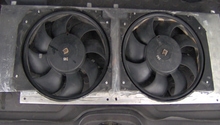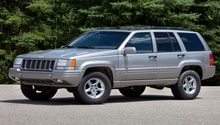Jeep Cherokee 1984-1996: How to Make Your Jeep Run Cooler
The Jeep Cherokee is a work horse, but sometimes it starts running a little hotter than you want it to. Here's how to make it run cooler and safer to operate.
This article applies to the Jeep Cherokee XJ (1984-1996).
The Jeep Cherokee is often used for off-roading and similar conditions. Whether you commute with it to work or you like to have fun with it on the weekends, durability is not a concern. However, sometimes the car can overheat and ruin the good times. There are various things you can do to keep your engine cooler, and with some consistent maintenance and attention, you can play with your Jeep without stressing over the engine blowing up.

Materials Needed
- Coolant
- Drain pan
- Fan clutch
- Socket set and wrenchs
- Radiator/fan conversion
- Hood spacers
Step 1 – Check coolant
To be safe in the winter and summer, it is recommended that you run a 50/50 mixture of water and antifreeze. Your system needs to be full of coolant, it needs to circulate, and there can be no air in it. There are additives, such as Wetter Water, that claims to reduce the engine temperature.
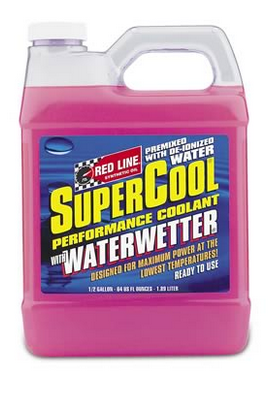
Step 2 – Check radiator for flow
If coolant cannot travel through the radiator, it simply won't cool. It is the same for air flowing across the radiator. To be sure that coolant flows, you can flush the system yourself with a kit. The flow across the radiator can be assured by just washing the core out with a garden hose. Proper flow equals proper heat exchange.
Step 3 – Check thermostat
There are thermostats that open at different temperatures. A 160 degree is about the coolest opening they make, a 180 is good anytime, and a 195 is fairly hot. To tell for sure which one you have, the thermostat will have to be removed. Replacing it is never a bad idea.
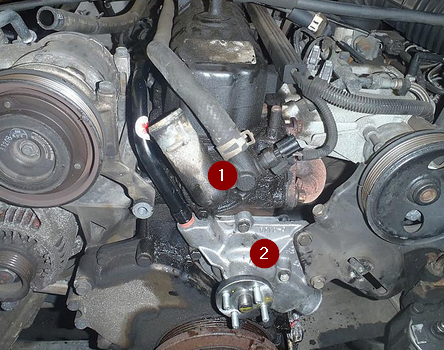
Figure 2. Thermostat housing (1), water pump (2).
Step 4 – Check cooling fan
Your Cherokee either has a mechanical or electric fan for the radiator. If the fan clutch is bad, the fan will not turn fast enough to cool. A new fan clutch will cure that. If you have an electric fan, it has to turn on at the proper time and be strong enough to pull air through the radiator. Some folks install a switch inside the vehicle to turn the electric fan on manually to cool on demand.

Figure 3. Clutch fan.
Step 5 – Replace the fan
Several aftermarket companies offer a replacement radiator matched with electric fans. They offer a lot more cooling capacity than the original.

Pro Tip
Some of these combos cost $1,000+, but you can adapt a Ford Taurus or a Volvo's two speed electric fan and shroud to your radiator with good results, but be ready to wire and adapt it.
Step 6 – Vent hood
Heat builds up under your hood and keeps things hot. If you can get that heat out, your engine will run much cooler. You can put spacers between the hinges and the hood to take advantage of the high pressure area near the windshield. They can be anything from washers to custom spacers.

Figure 5. Hood with spacers. 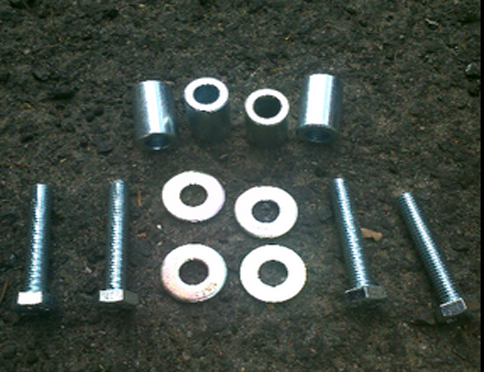
Figure 6. Hood spacer kit. 
Figure 7. Hood spacer.
Pro Tip
One or more of these will have your Cherokee running cool.
Related Discussions
- Help XJ Run Cool - CherokeeForum.com
- How Hot Too Hot - CherokeeForum.com
- Runs Hot New Thermostat - CherokeeForum.com


